Hydrangea Plants: The Ultimate Guide To Buying And Caring For These Showy Bloomers
Hydrangea Plants: The Ultimate Guide to Buying and Caring for These Showy Bloomers
Hydrangeas are some of the most popular flowering shrubs in the world. They are known for their large, showy blooms that come in a variety of colors, including blue, pink, white, and purple. Hydrangeas are relatively easy to care for, and they can add a touch of elegance to any garden.
In this blog post, we will provide an ultimate guide to buying and caring for hydrangea plants. We will discuss the different types of hydrangeas, where they grow best, how to plant them, and how to care for them. We will also provide some tips on how to extend the bloom time of your hydrangeas.
Types of Hydrangeas
There are many different types of hydrangeas, each with its own unique characteristics. Some of the most popular types of hydrangeas include:
- Bigleaf hydrangeas (Hydrangea macrophylla): These hydrangeas are known for their large, round blooms. They are typically blue, pink, or white, but the color of the blooms can be affected by the acidity of the soil.
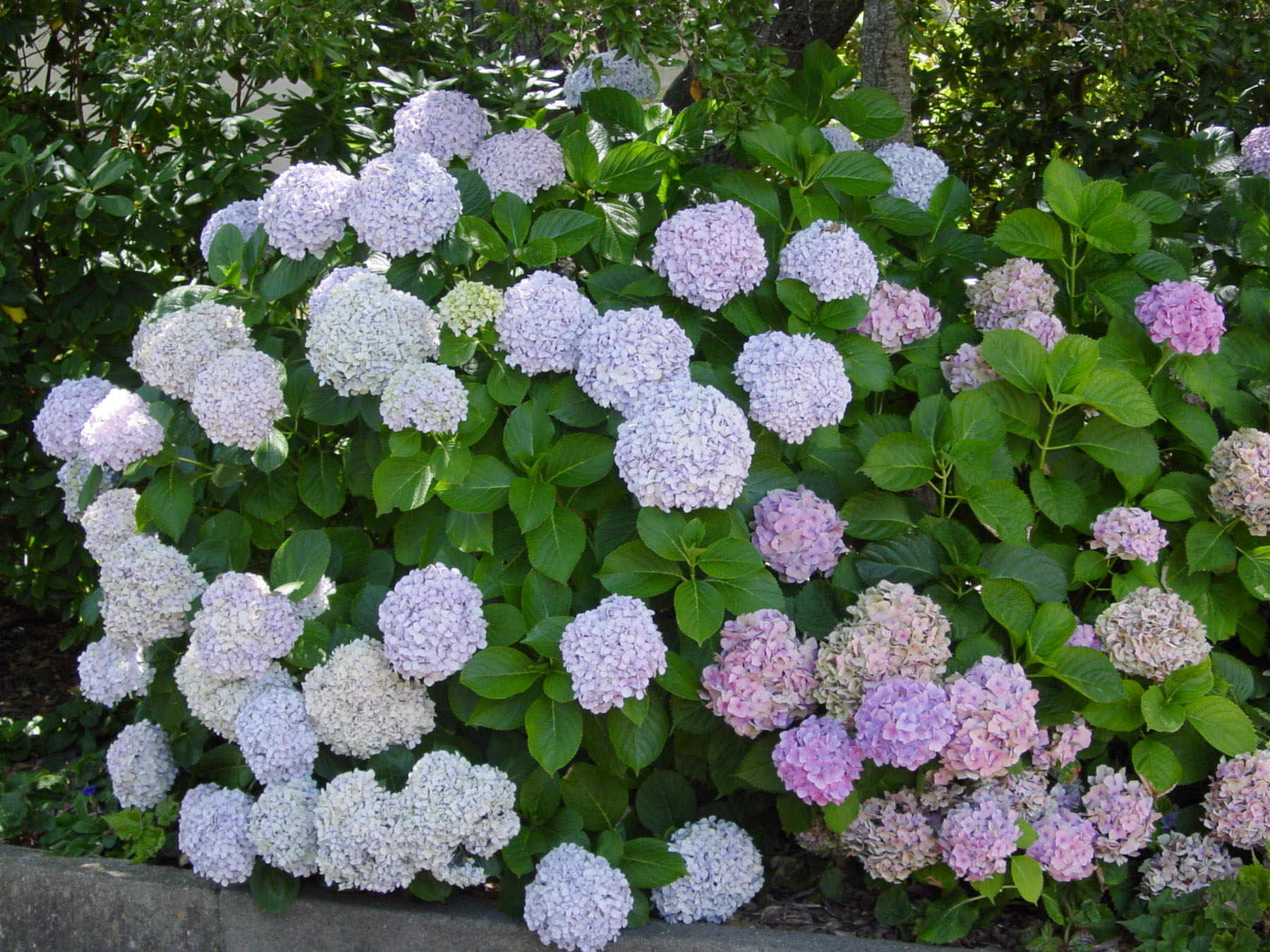
- Smooth hydrangeas (Hydrangea arborescens): These hydrangeas are native to North America. They have smaller blooms than bigleaf hydrangeas, but they are more cold-hardy.

- Panicle hydrangeas (Hydrangea paniculata): These hydrangeas have tall, upright panicles of flowers. They are typically white or pink, but some varieties can have blue blooms.
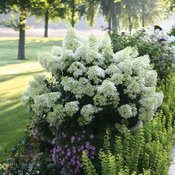
- Aspera hydrangeas (Hydrangea aspera): These hydrangeas are native to Japan and Korea. They have small, bell-shaped flowers that are clustered together in panicles.

- Oakleaf hydrangeas (Hydrangea quercifolia): These hydrangeas are native to eastern North America. They have large, oak-shaped leaves and clusters of small, white flowers.
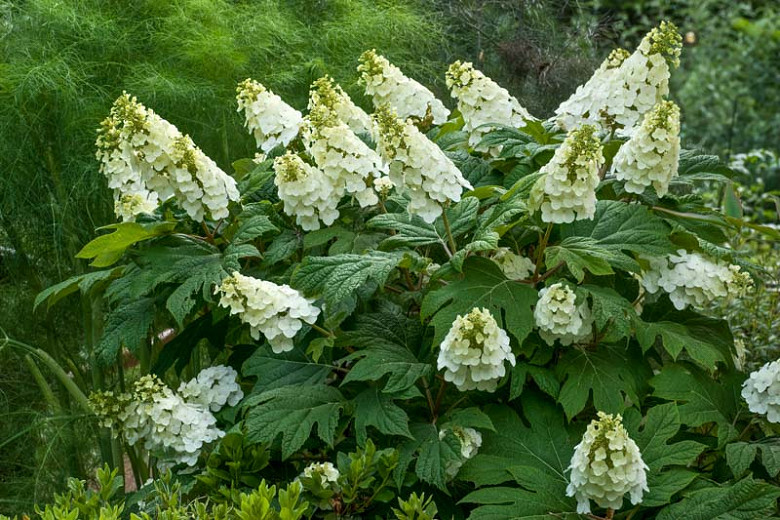
Where to Plant Hydrangeas
Hydrangeas do best in moist, well-drained soil and dappled shade. They should not be planted in full sun, as this can scorch their leaves. Hydrangeas also prefer acidic soil, so if your soil is alkaline, you may need to add some peat moss or sulfur to the planting hole.
How to Plant Hydrangeas
Hydrangeas should be planted in the spring or fall. When planting, dig a hole that is twice as wide as the root ball of the hydrangea. Add some compost or peat moss to the bottom of the hole, and then place the hydrangea in the hole. Backfill the hole with soil, and water the hydrangea thoroughly.
How to Care for Hydrangeas
Hydrangeas are relatively easy to care for. They need regular watering, especially during hot, dry weather. You should also fertilize hydrangeas once a year in the spring with a balanced fertilizer.
To extend the bloom time of your hydrangeas, you can deadhead the spent blooms. This will encourage the plant to produce more blooms. You can also prune hydrangeas in the spring to shape them and remove any dead or damaged branches.
Conclusion
Hydrangeas are beautiful and easy-to-care-for plants that can add a touch of elegance to any garden. With proper care, hydrangeas can bloom for many years.
Hydrangeas are beautiful flowering plants that can add a touch of elegance to any garden. If you're looking to buy a hydrangea plant, I recommend visiting . This website has a wide variety of hydrangeas to choose from, including mophead hydrangeas, lacecap hydrangeas, and panicle hydrangeas. They also have a helpful plant care guide that can teach you how to plant, water, and fertilize your hydrangeas so that they can thrive in your garden.
In addition to their wide selection of hydrangeas, also offers competitive prices and free shipping on orders over $50. So if you're looking for a reliable and affordable place to buy hydrangea plants, I highly recommend visiting .
FAQ of buy hydrangea plant
- What are the different types of hydrangea plants?
There are over 70 species of hydrangea plants, and each one has its own unique characteristics. Some of the most popular types of hydrangeas include:
* Mophead hydrangeas: These hydrangeas have large, round flower heads that can be white, pink, blue, or purple. They are the most common type of hydrangea and are relatively easy to care for.
* Panicle hydrangeas: These hydrangeas have tall, upright flower spikes that can reach up to 6 feet in height. They come in a variety of colors, including white, pink, red, and purple. Panicle hydrangeas are a bit more difficult to care for than mophead hydrangeas, but they are very showy plants.
* Smooth hydrangeas: These hydrangeas have small, delicate flowers that are arranged in flat clusters. They are typically white or pink, but some varieties can also be blue. Smooth hydrangeas are very easy to care for and are a good choice for beginners.
* Oakleaf hydrangeas: These hydrangeas have large, lobed leaves that resemble oak leaves. Their flowers are smaller than those of other hydrangeas, but they are arranged in very attractive clusters. Oakleaf hydrangeas are relatively hardy and can tolerate a wide range of conditions.
* Tree hydrangeas: These hydrangeas grow into small trees that can reach up to 15 feet tall. They have large, showy flowers that can be white, pink, or blue. Tree hydrangeas are a bit more difficult to care for than other types of hydrangeas, but they are very impressive plants.
- When is the best time to buy a hydrangea plant?
The best time to buy a hydrangea plant is in the spring or fall. Hydrangeas are typically planted in the spring, but they can also be planted in the fall if the weather is mild. If you are buying a hydrangea plant in the winter, make sure to choose one that is dormant.
- Where can I buy a hydrangea plant?
Hydrangea plants are available at most garden centers and nurseries. You can also find them online. When buying a hydrangea plant, be sure to choose one that is healthy and well-cared for. The plant should have dark green leaves and no signs of pests or diseases.
- How do I care for a hydrangea plant?
Hydrangea plants are relatively easy to care for. They need full sun to partial shade and well-drained soil. Hydrangeas also need to be watered regularly, especially during hot, dry weather. In the fall, you can add a layer of mulch around the base of the plant to help protect it from the cold.
- What are some common problems with hydrangea plants?
The most common problems with hydrangea plants are:
* Leaf spot: This is a fungal disease that causes brown or black spots on the leaves. To treat leaf spot, you can use a fungicide.
* Aphids: These small, sap-sucking insects can cause leaves to curl and wilt. To control aphids, you can use insecticidal soap or neem oil.
* Scale insects: These small, armored insects can attach themselves to the stems and leaves of hydrangea plants. To control scale insects, you can use insecticidal soap or horticultural oil.
Image of buy hydrangea plant
5 different images of "buy hydrangea plant" from Pinterest:
- Hydrangea paniculata "Limelight" is a large, showy hydrangea with lime green flowers that bloom in late summer. It is hardy in zones 3-9 and can grow up to 8 feet tall.

- Hydrangea macrophylla "Endless Summer" is a popular hydrangea that blooms all summer long. It is available in a variety of colors, including blue, pink, and white. It is hardy in zones 5-9 and can grow up to 6 feet tall.
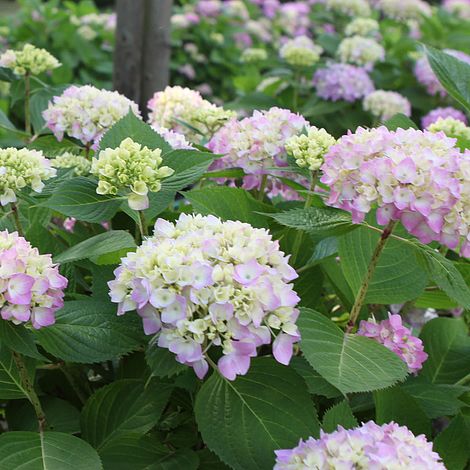
- Hydrangea arborescens "Annabelle" is a large, white hydrangea with lacecap blooms. It is hardy in zones 3-9 and can grow up to 6 feet tall.
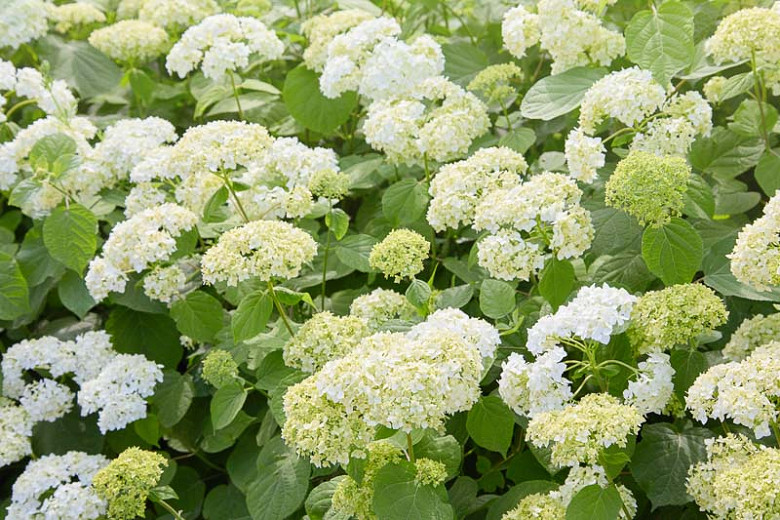
- Hydrangea quercifolia "PeeGee" is a deciduous hydrangea with oak-shaped leaves and large, blue flowers. It is hardy in zones 4-9 and can grow up to 10 feet tall.
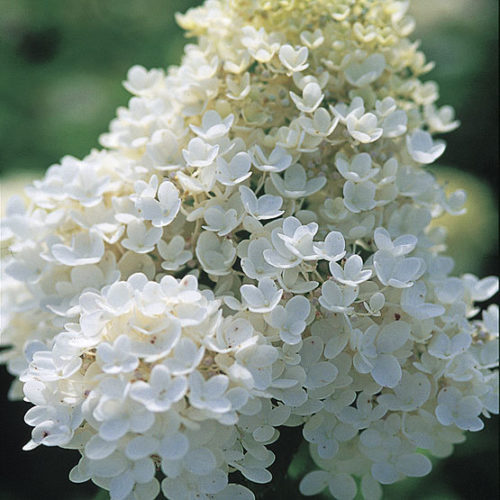
- Hydrangea serrata "Bluebird" is a small, blue hydrangea with lacecap blooms. It is hardy in zones 5-9 and can grow up to 3 feet tall.
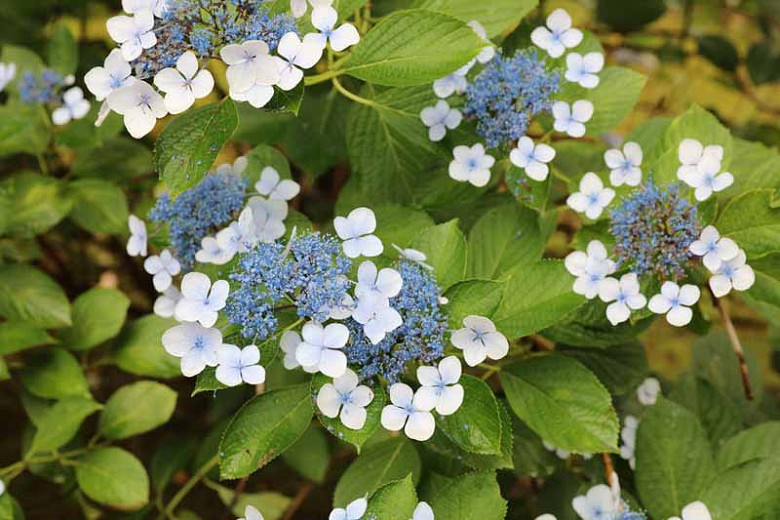
Post a Comment for "Hydrangea Plants: The Ultimate Guide To Buying And Caring For These Showy Bloomers"